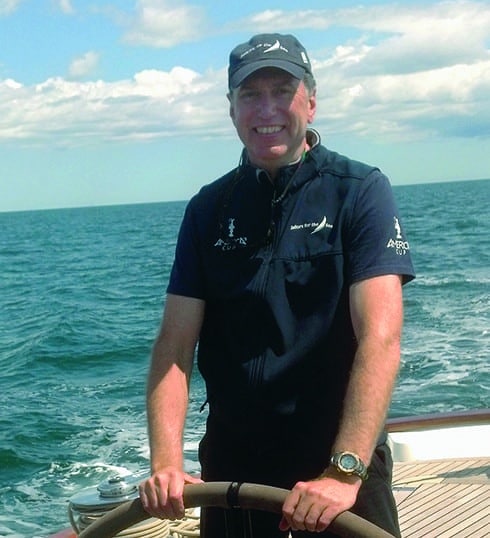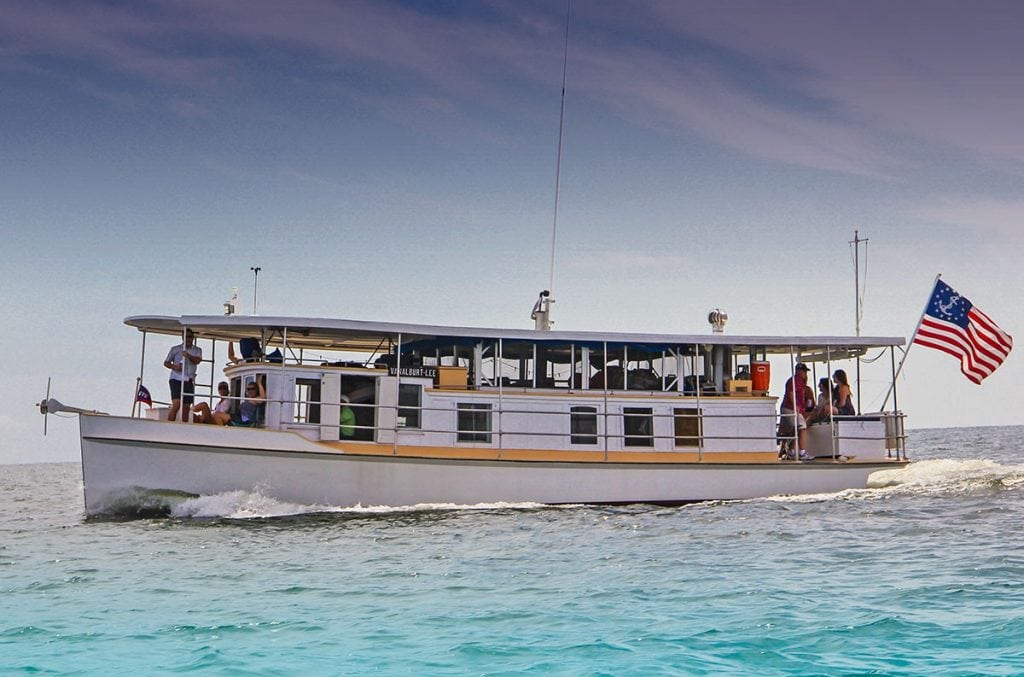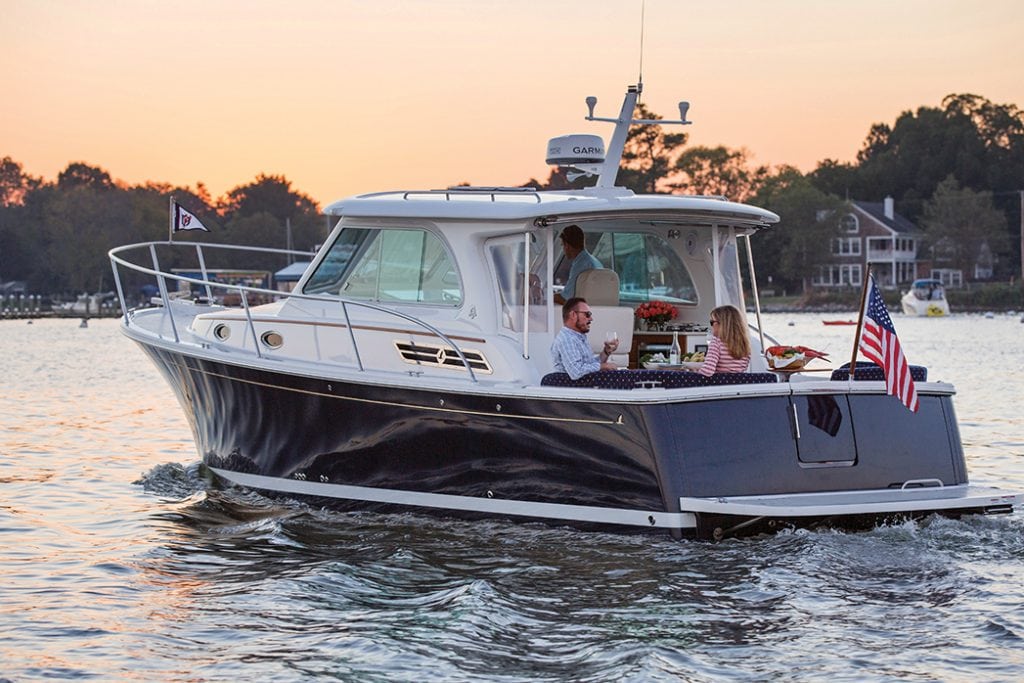SB: Please tell our readers about Sailors for the Sea and how it came into fruition.
MD: Sailors for the Sea was founded in 2004 with the idea that the boating community has a profound passion for the sea and awareness of the importance of ocean health. Our programs were created to unite the community and give a voice to this collective rallying cry that enables cruisers to help heal the ocean.
SB: How and in what ways has Sailors for the Sea most noticeably impacted not only the marine environment but also the boating industry?
MD: In the last ten years, I believe there has been a noticeable shift in the boating industry and community. The media within the marine industry and beyond has helped share our story of ocean conservation. We have now grown to 2 million media impressions a month, thanks to this impressive industry and our dedicated social media following. Additionally, we have had over 600 events participate in the Clean Regattas program, which greatly changes the norm for running water-based events.
We are also working to protect the marine environment by educating future generations of cruisers with KELP (Kids Environmental Lesson Plans). Whether it’s a 7-year-old in an Opti [sailing race] or a 12-year-old at summer camp, KELP has already connected 45,000 students physically and academically to the marine environment.
SB: In what ways have you seen Sailors for the Sea grow since you started working at the organization? What are you most proud of accomplishing as President?
MD: We have grown tremendously through a rigorous 10-month strategic planning process. In this exercise we have charted a path for scaling up the impact of our programs and created a multi-platform communications plan that will decipher complex ocean health issues for the boating community and enable them to take personal action to improve ocean health.
SB: What is your favorite story or fond memory while working with Sailor for the Sea?
MD: With my one-year anniversary on October 1st, I can say it has been an absolute joy to be able to combine my passion for boating with my work on environmental matters. Our board is exceptional and the management team is extremely talented.
SB: How can boat owners become involved with your organization?
MD: Boat owners and marine lovers alike can start by educating themselves on the issues that our ocean currently faces. Our online periodical Ocean Watch translates the language of marine science into timely and fascinating articles that make ocean health personal and relevant. Each essay has opportunities for individuals to take action that are connected to the ocean health issue they just learned about. Additionally, cruisers can work with their sailing clubs to implement the Clean Regattas program—the world’s only sustainability certification for water-based events. And of course without the generous financial support of donors, we would not be able to have the reach and impact that we do.
SB: What’s new with Sailors for the Sea in 2014-2015?
MD: Just this month we published a new logo on our website and as the year ahead starts to unfold, we will be publishing a pledge to educate cruisers on how to reduce their carbon footprint. I can’t give too much away, but one exciting statistic we recently learned was that if 10 percent of U.S. mariners stopped using single-use plastic bottles for one year, that would reduce our carbon footprint as much as planting 500,000 trees!
SB: Has Sailors for the Sea received any awards?
MD: Yes, just this past February our co-founder and chairman, David Rockefeller, Jr., was named the 2013 YachtWorld Hero.
SB: What are some of the most challenging hurdles you have to face with your organization in this industry?
MD: Within the industry we have not faced many hurdles—people are very excited to protect and heal the ocean. The most important hurdle for us to jump over is connecting cruisers with ocean health issues. When you are on top of the water, it often looks the same whether or not there is a healthy and functioning ecosystem underneath. The most important aspect of ocean conservation is education and helping people understand how their daily actions, purchases and even investments may connect to ocean health—which affects the health of their children and grandchildren!
SB: How often do you frequent the water? Do you own a boat? Tell us more about yourself?
MD: I get out on the water almost every day in my kayak either before or after work to enjoy our beautiful harbor in Newport. During these excursions I pick up any trash I come across, and these trips are a great reminder of why I come into the office and do the work that I do everyday. I am also a proud co-owner of Blue Moon, a 21-foot Ensign, with my sister. I am a native of Mills River, North Carolina, and lived in Wilmington for five years while attending college. During that time I had the opportunity to live on a 47 Grand Banks and a 37 Tartan sailboat. There was nothing finer than living on the ICW and being to get off shore in short order. I spent so much time on the water in my 20s that I earned a USCG 100 Ton Masters License.
SB: Is there anything else you would like to share with our readers?
MD: At Sailors for the Sea, we define sailors as “a traveler by water” and we want to invite all of your readers to engage in our ocean conservation mission! Visit sailorsforthesea.org to learn more today or connect with us on Facebook, Twitter or Instagram.
By Christine Carpenter, Southern Exposure














